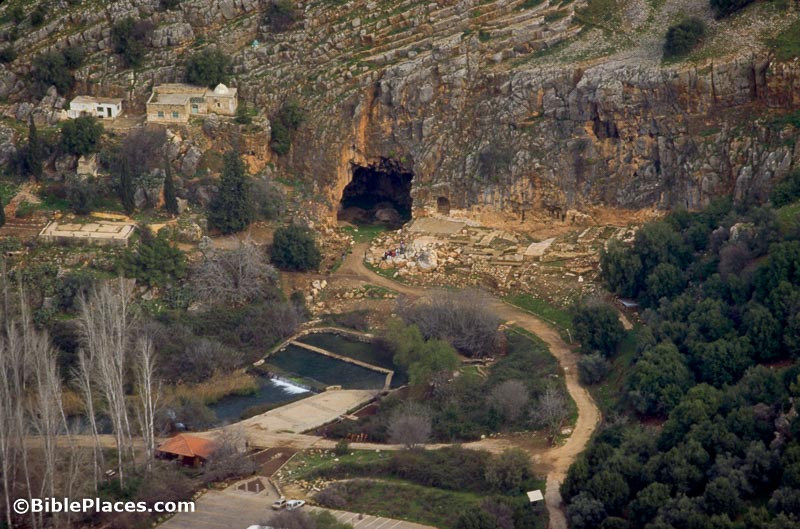The Israel Antiquities Authority has announced a “GoFundMe” campaign in order to excavate all remaining biblical sites before the antiquity thieves do. If all funding targets are met, security officers will be hired to protect these sites for an additional three months.
All tourists desiring to visit the Western Wall will now be required to walk on the Mikveh Trail and be immersed in one of the ancient ritual baths.
Muslim authorities have recently opened the Huldah Gates so that visitors can view the ancient Jewish architecture and engravings underneath the Al Aqsa Mosque on their way to visit the site of Solomon’s temple.
Schoolkids working on an excavation in Jerusalem have discovered a golden-hued metallic headpiece inscribed with the name “Jedidiah.” Tests are now being run to determine if there’s any connection with the ancient royalty of Judah.
Archaeologists in Israel will now begin selling artifacts from their excavations as soon as they have photographed and recorded them. Roadside stands will enable visitors to purchase figurines, mosaics, oil lamps, and more, right on the spot, thus providing immediate funding to the excavation team.
New book alert: Erich Kleen’s 480-page tome, Three Sticks Make a Staff: An Old Man’s Reminiscences on Excavating Nearly Every Site in the Middle East.
Following the signing of the Tourist Recruiting Initiative, Israel, Turkey, and Egypt will now be competing to offer the largest bonus checks to visitors arriving at their respective airports.
Amen Been-Thar has announced the discovery of the Hazor archive. He found it in Yigael Yadin’s storage room at the university. The exasperated scholar exclaimed, “It just never occurred to me to look there.”
With the recent Supreme Court ruling affirming the Catholic Church’s claim of ownership of the Sea of Galilee, construction work has begun on a chapel to be built on glass stilts in the middle of the lake.
With the release of the LaserScan SuperPro, archaeologists will be setting aside their Marshalltown trowels in favor of the new handheld gadget that produces a 3-D scan of an entire tell at a resolution of nearly 16 dots per inch. Instead of excavating layer by layer, the team will now be able to pinpoint exactly where the museum treasures are, thus preserving the site from massive environmental destruction.
The British Museum has agreed to return the Elgin Marbles. Within a few months they will be on display in a new museum in Turkey, sovereign power over Athens at the time they were shipped to London.
Following a public outcry, the Jordanian government will be reducing the entrance fee to Petra from $125 to $10, effective every year on the anniversary of T. E. Lawrence’s death.
The Jerusalem Biblical Zoo has announced an expansion of their petting zoo. Visitors will now be able to better understand the life of David by personal encounters with the exhibit’s Syrian bear and Asian lion. Asked about the dangers, the zookeeper explained that the animals are fed regularly and children under the age of 4 will not be allowed entrance unattended.
The Caesarea Maritima National Park has begun reconstruction of Herod’s harbor. The design will closely adhere to the original blueprints recently discovered in the cache of Med Sea Scrolls, and funding has already been met from the tariffs assessed of every visitor to this most popular park in the nation. When complete, tourists will be able to climb the Drusus lighthouse, board a replica of Paul’s prisoner ship, and watch a live actor re-enact the gruesome death of Herod Agrippa.
A new website called www.holylandselfies.com is soon to become operational. The director, Will E. Itslegal, expects to launch customized editions of the Selfie Bible Atlas in the near future.
Young tourists are raving about the new zipline that just opened at the top of Masada. While only college students and military personnel are permitted to ride the one beginning at Herod’s northern palace, others are enjoying the zipline above the siege ramp. The mid-way line will serve seniors on days when the cablecar is not running. Engineers are currently working on the final zipline which will plunge riders directly into the Dead Sea.
Scholars have now successfully translated the genuinely authentic Jordanian lead codices, confirming that the Gospel of Jesus’s Wife proves that the famous Galilean carpenter was buried in a tomb in Talpiot.
If this silly exercise has tested your patience, you can rejoice that not until 2023 will the next weekend roundup fall on April 1.
HT: R.A.S. Macalister, Montague Parker, Moses Shapiro


